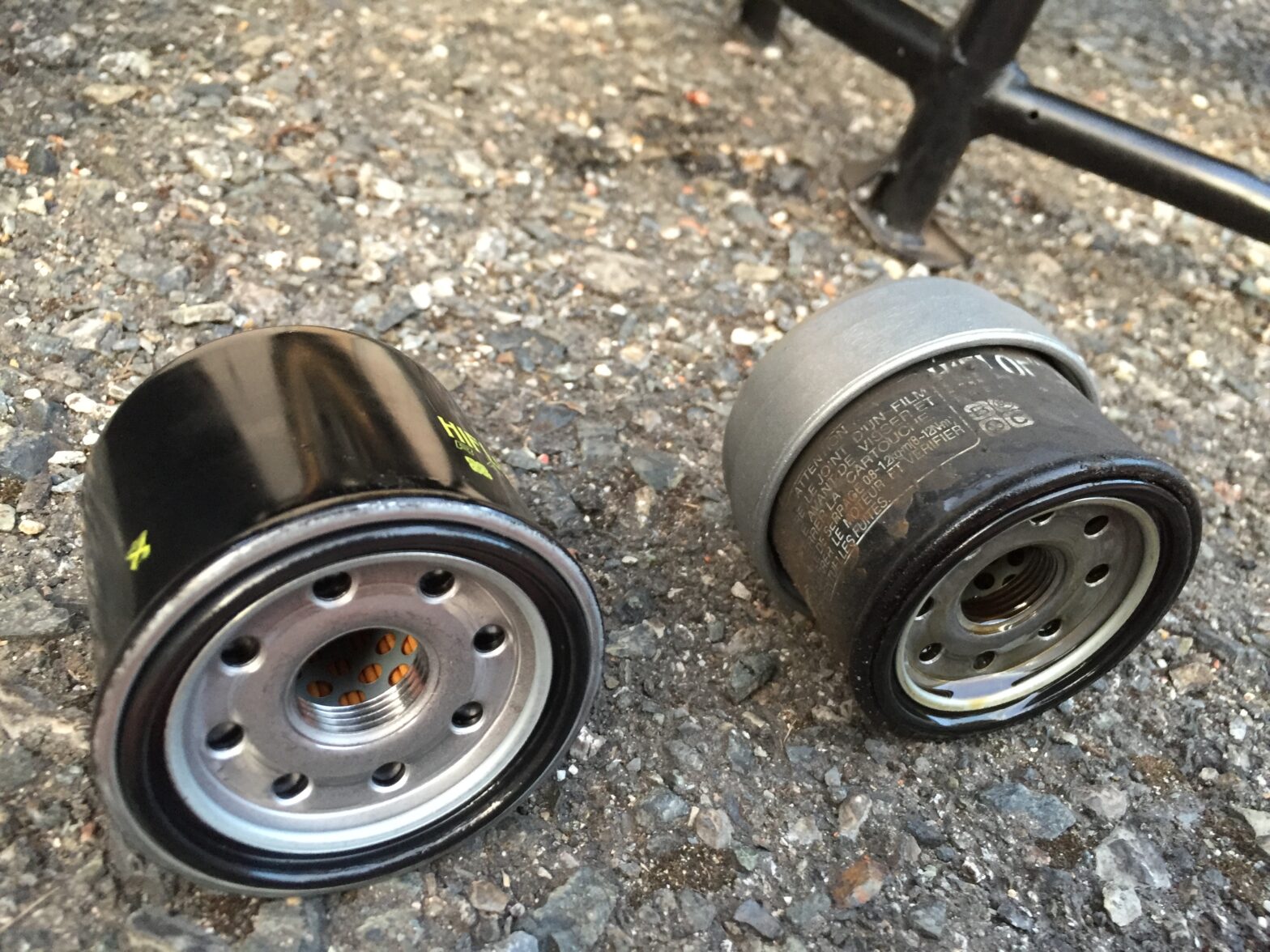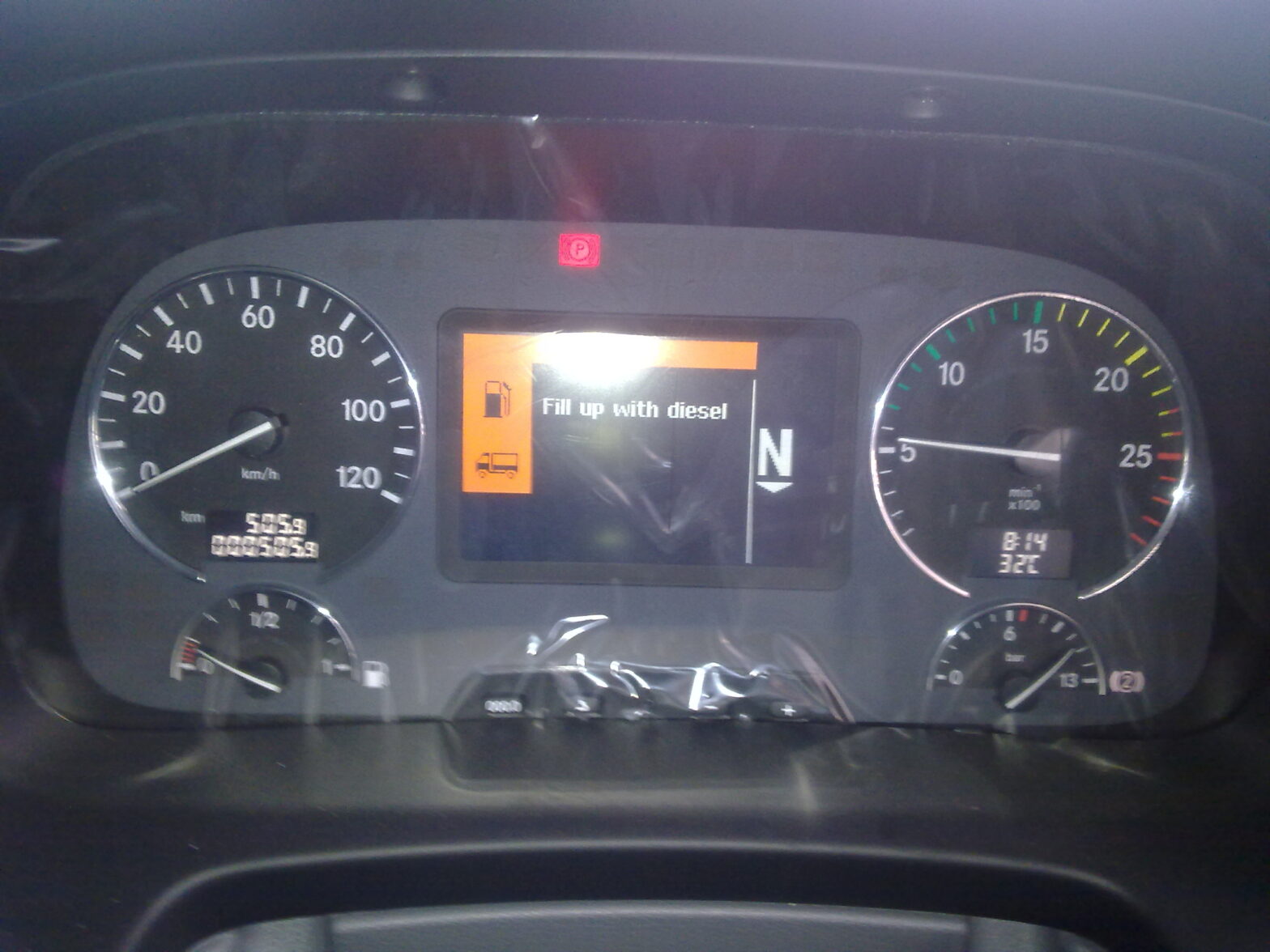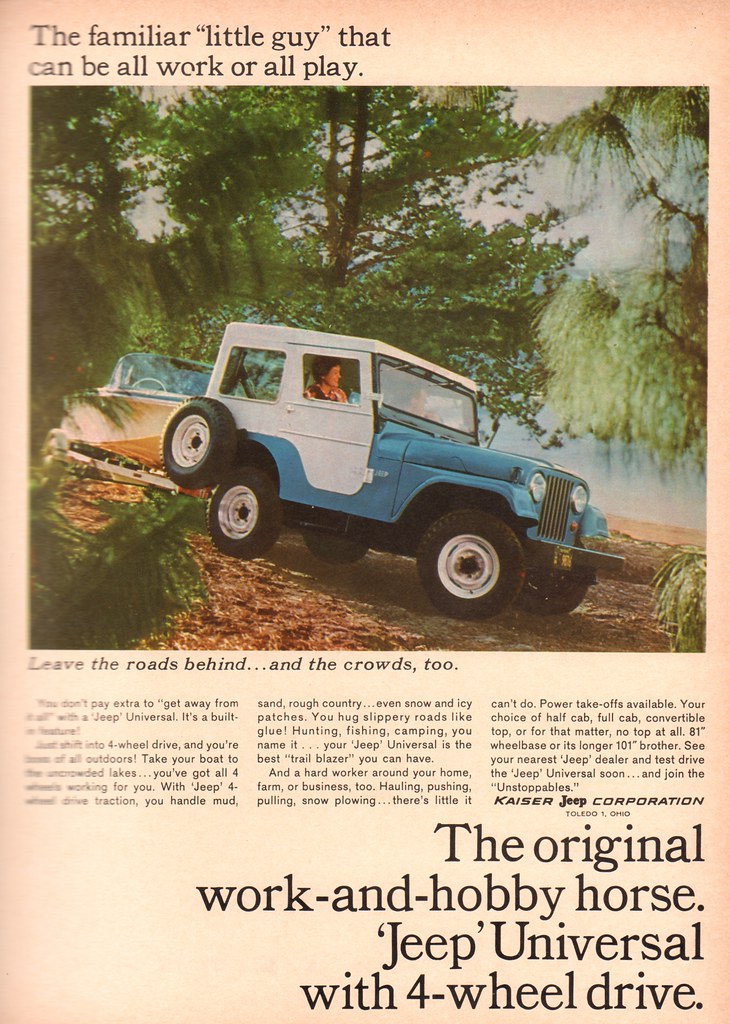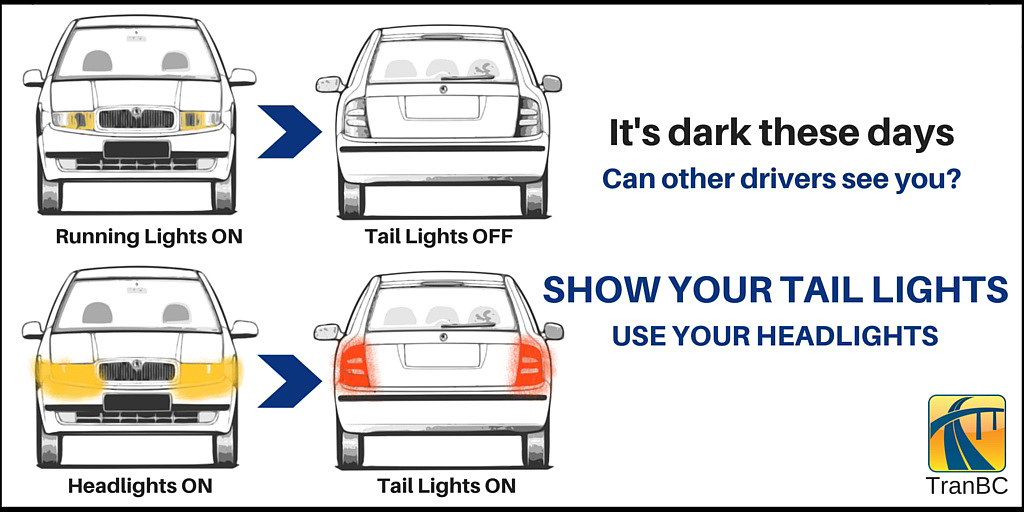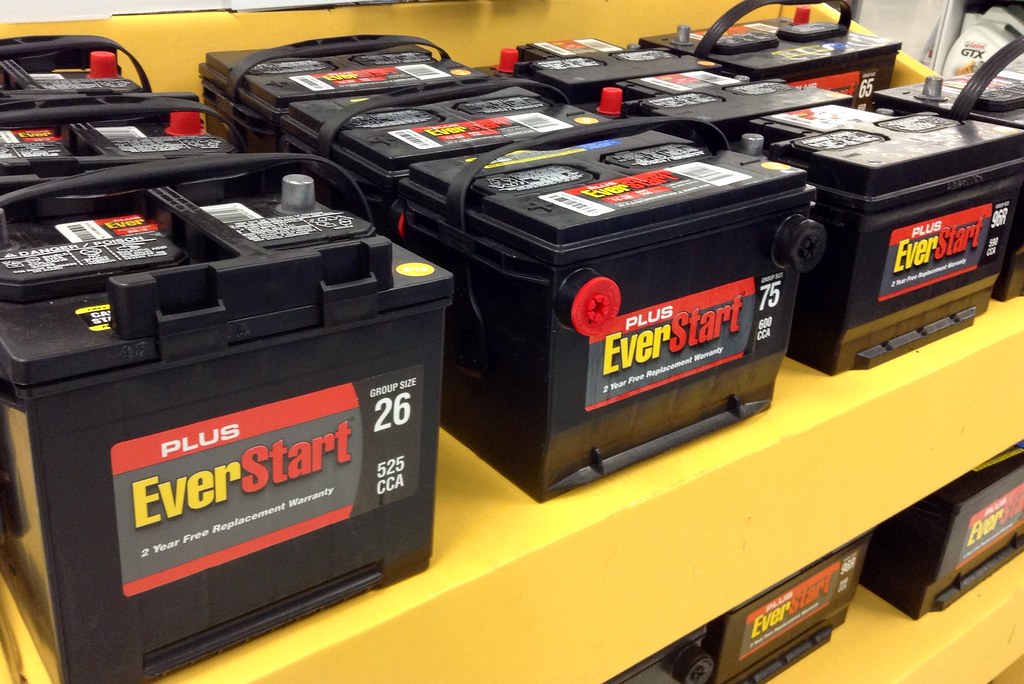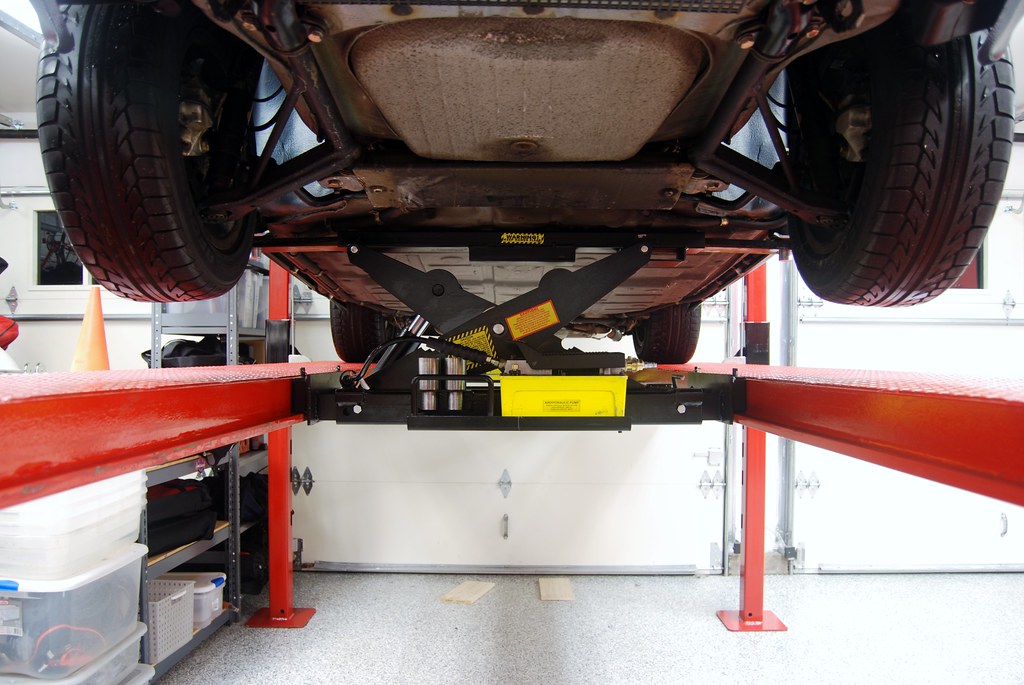1. Introduction
Custom decals are a great way to personalize your car and make it stand out from the crowd. But if you don’t know how to apply custom decals to your car, it can be a daunting task. Fortunately, with the right tools and some patience, anyone can learn how to apply custom decals to their car and achieve professional results. In this article, we will discuss the steps involved in applying custom decals to your car, as well as tips for achieving professional results.
2. What You Need To Apply Custom Decals To Your Car
Before you begin applying custom decals to your car, you will need to gather some supplies first. The most important supplies are the decal itself and a squeegee or credit card for application. You may also want to have masking tape on hand in case you need to make adjustments during the application process. Additionally, you may want to have some rubbing alcohol or a mild detergent on hand in case you need to clean the surface of your car before applying the decal.
3. Preparing The Surface Of Your Car For The Decal Application
Before applying any custom decal to your car, it is important that you prepare the surface of your car properly first. You should start by cleaning the area where you plan on applying the decal with either rubbing alcohol or a mild detergent and water solution. This will ensure that any dirt or debris is removed from the surface so that it does not interfere with the adhesion of the decal later on. Once cleaned, allow the area time to dry completely before proceeding with application of the decal.
4. Applying The Decal To Your Car
Once your vehicle is prepped and ready for application of the decal, it’s time to actually apply it! Begin by placing one end of the decal onto one side of your vehicle and slowly peel away from its backing paper while using a squeegee or credit card for application assistance as needed (you can also use masking tape here if needed). Be sure not to stretch or pull too hard while peeling away from its backing paper as this could cause damage or distortion of your design! Once applied, lightly run over all areas with a squeegee or credit card again until all air bubbles are removed and then allow time for drying before continuing further with any adjustments needed (if applicable).
5. Tips For Achieving Professional Results When Applying Custom Decals To Your Car
When applying custom decals to your car there are several tips that can help ensure professional results each time:
• Always clean area prior – Before applying any custom decal make sure that you clean off any dirt or debris from where it will be applied first using either rubbing alcohol or a mild detergent solution; this will ensure better adhesion later on!
• Use masking tape – If needed during application process use masking tape around edges/corners of design so no stretching/pulling occurs which could lead distortion; this also helps keep everything in place until fully dry after application!
• Don’t rush – Take time when peeling away from backing paper so no stretching/pulling occurs which could lead distortion; once applied lightly run over all areas with squeegee/credit card until all air bubbles are removed & then allow time for drying before continuing further with any adjustments needed (if applicable).
6. Cleaning Up After Applying Custom Decals To Your Car
Once you have successfully applied a custom decal onto your car and allowed ample drying time, there may still be some residue left behind from where it was originally placed such as adhesive residue or bits of paper left behind after removal of backing paper etc.. If this is present simply take a damp cloth (or even better an adhesive remover) and wipe away any remaining residue until nothing remains but smoothness!
7. Removing Custom Decals From Your Car
If at some point down line you decide that removing one (or more) custom decals from your vehicle is necessary then follow these simple steps: First start by heating up area around edges/corners using hair dryer; this helps loosen up adhesive making removal easier & less messy (be careful not too get too close so no damage occurs!). Next gently peel away at corner/edge until entire design comes off & then take damp cloth & wipe down area until nothing remains but smoothness!
8. Conclusion
>
Applying custom decals onto vehicles has become increasingly popular due its ability give vehicles unique looks without having spend hundreds (or even thousands!) dollars doing so! With proper preparation beforehand & following instructions outlined within article anyone can learn how apply these designs themselves easily & achieve professional results each time!
9.Sources
A Step-by-Step Guide to Adding a Personal Touch to Your Vehicle: Applying Custom Decals!
What is the best way to apply decals?
In general the steps to apply a label are as follows: Clean the application surface Remove the detailed application support solution (if any) Press the label firmly on the desired area and use a scraper to remove air bubbles.
How do you put a UK decal on a car?
Where should I put my car sticker in the UK? Well somewhere should be free the police car behind can see it. Dont let anything stop you. If Im towing passengers or a boat or something it must be on a UK label too.
Do decals damage car paint?
If the car owner applies and removes the decal correctly it will not damage the car or its paintwork. However if the correct decal application procedure is not followed the paint may crack or deteriorate. Always clean the vehicle surface before applying the decal.
What to spray when applying decals?
After cleaning your surface area, wet the area again using a spray bottle and a solution of about 5 percent soap / 95 percent water. Apply the sticker while the area is still wet.
Do decals go on the outside or inside of a car?
You should only use an opaque window on the outside of your property so that anyone can clearly see your sticker.
Can I print my own decals?
Anyone can become a custom sticker maker that you can use to print your own stickers. All you need is an HP inkjet printer for Microsoft Word and stickers and youre good to go.
